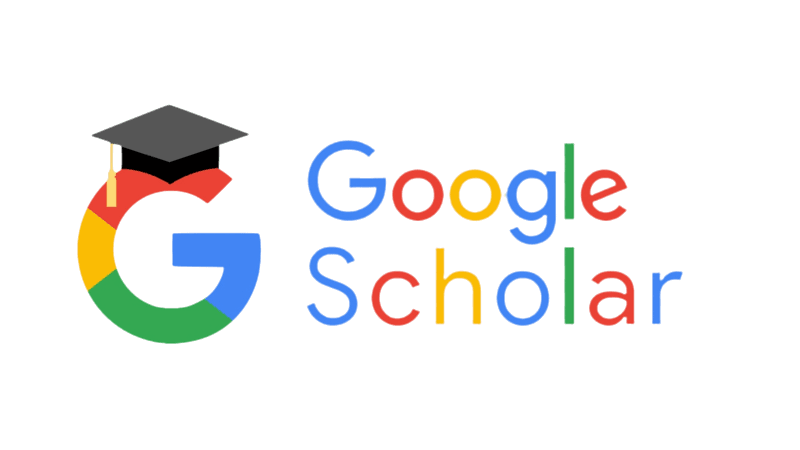Pengaruh Naungan dan Dosis Pemupukan pada Pertumbuhan dan Hasil Katuk (Sauropus androgynus L.)
Abstract
Katuk (Sauropus androgynus L.) is one of the indigenous vegetables in Indonesia which has the potential to be developed as an alternative vegetable to meet nutritional needs. The development of katuk plants so far is usually carried out in shade intensity with various levels and types of fertilizers. This study aimed to determine the effect of shade intensity and appropriate level of fertilizer to increase growth and yield of katuk production. The experiment was carried out using a completely randomized block design (RCBD) with split plot factors with the main plot being shaded and sub-plots being the level of fertilization. Shade intensity consisted of 4 levels, namely N0 (without shade), N1 (55%), N2 (65%), and N3 (75% shade). The fertilizer consisted of 4 levels of NPK 15-15-15, namely P1 (50 kg ha-1), P2 (100 kg NPK ha-1), P3 (150 kg NPK ha-1), and P4 (200 kg NPK ha-1). The study was conducted with 3 replications so that 16 combinations were obtained, with 48 experimental units. The results showed that there was no interaction between shade and fertilizer level. Single treatment of fertilizer level did not give a significant effect on all parameter of observation. Shade treatment on katuk plants for the purpose of commercial leaf vegetable production should be carried out with 65% shade.
Keywords: commercial part-weight, leafy vegetable, light intensity, productivity
Downloads
You are free to:
- Share — copy and redistribute the material in any medium or format for any purpose, even commercially.
- Adapt — remix, transform, and build upon the material for any purpose, even commercially.
- The licensor cannot revoke these freedoms as long as you follow the license terms.
Under the following terms:
- Attribution — You must give appropriate credit, provide a link to the license, and indicate if changes were made. You may do so in any reasonable manner, but not in any way that suggests the licensor endorses you or your use.
- ShareAlike — If you remix, transform, or build upon the material, you must distribute your contributions under the same license as the original.
- No additional restrictions — You may not apply legal terms or technological measures that legally restrict others from doing anything the license permits.
Notices:
You do not have to comply with the license for elements of the material in the public domain or where your use is permitted by an applicable exception or limitation.
No warranties are given. The license may not give you all of the permissions necessary for your intended use. For example, other rights such as publicity, privacy, or moral rights may limit how you use the material.













